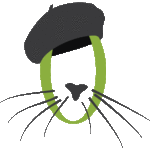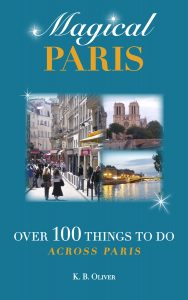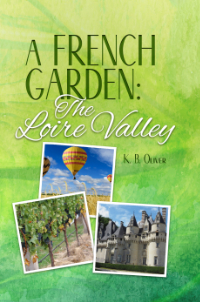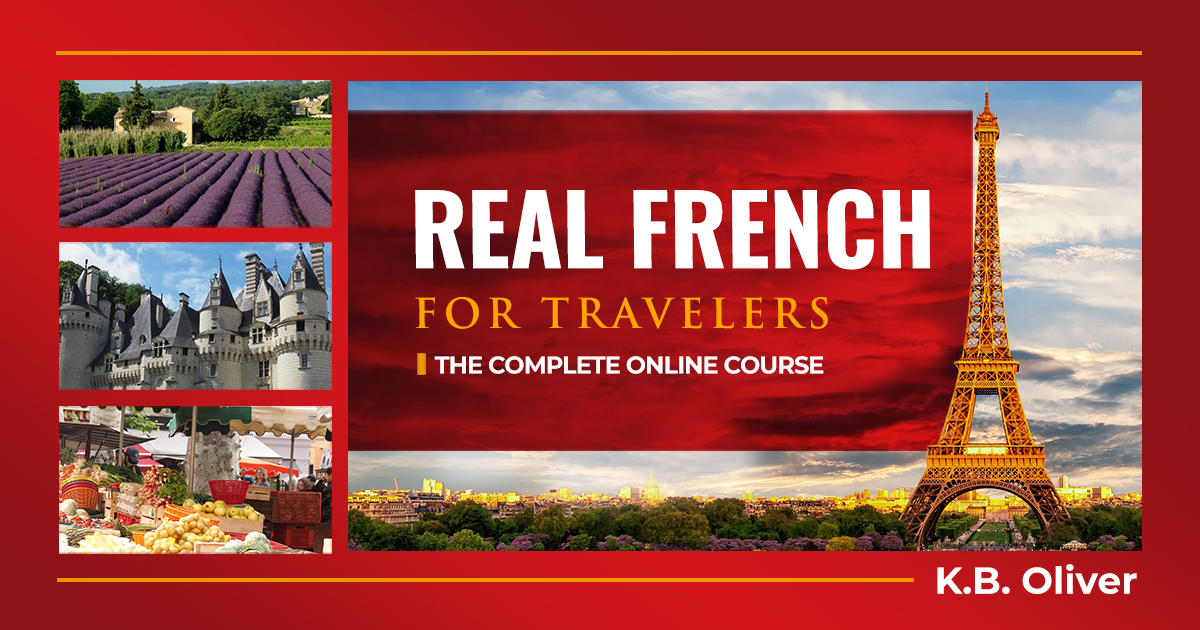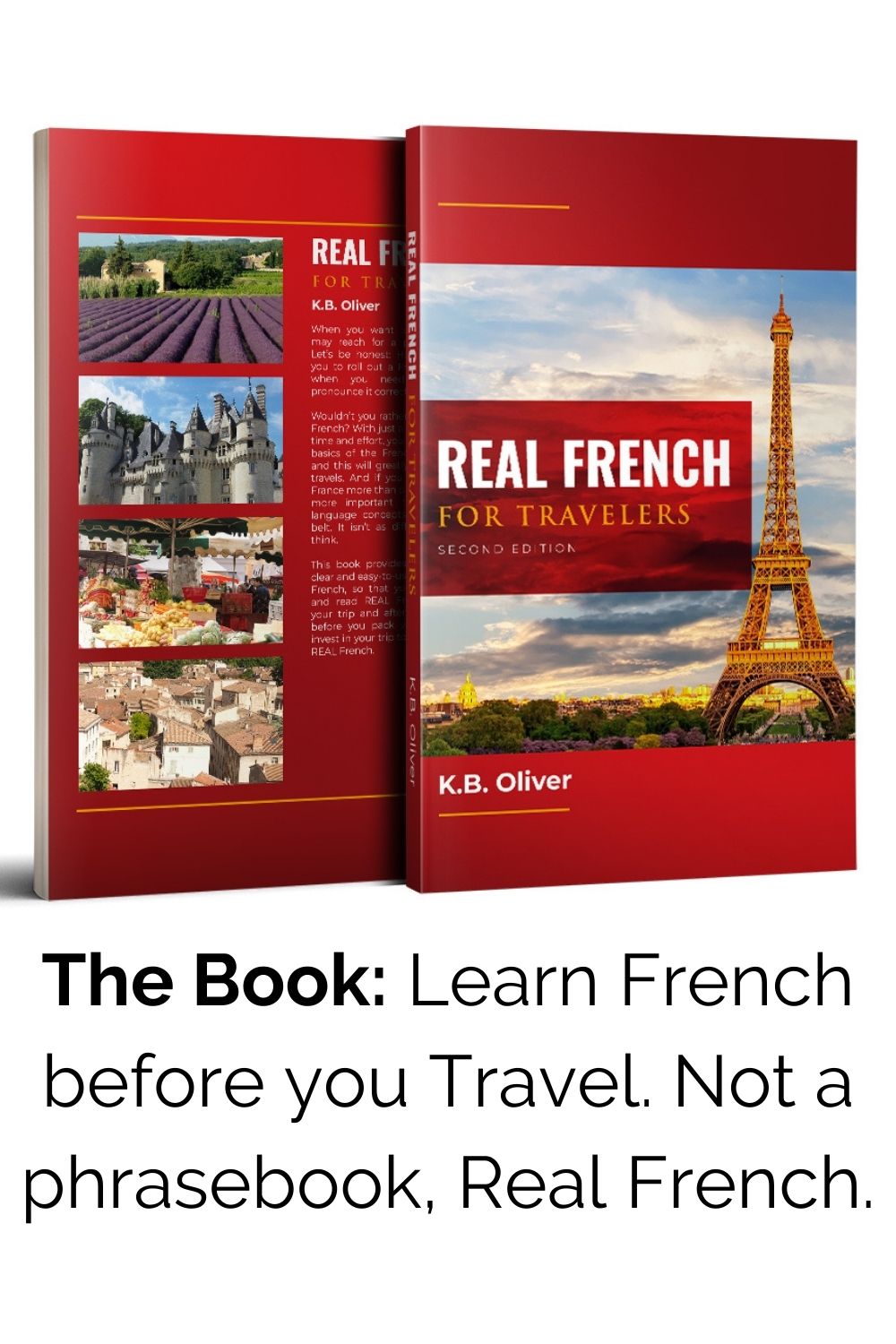
Champagne is made only here
In France, the word “champagne” means two things. First, Champagne (capitalized) is a sizeable province in the northeast of France. It lies between Paris and Belgium. Within this area lies the champagne wine region, the second meaning, for which the area is known around the world. Wine has been produced here since the middle ages, and it’s the only place in the world where you can find real champagne.
Any other sparkling wine has to have another name. In other parts of France, sparkling wine is known as crémant. Champagnes made in the north of the Champagne Region will have different taste than in the south, since the north is cooler and has different soil. In Champagne, the methods for making the beverage are highly regulated and must follow rules set by the government. Grapes are hand-picked and each bottle must be aged a minimum of 15 months.
Supposedly, monks brought the champagne method from the south of France and it was established in the northeast where the particular soil made it even better.

Reims Cathedral
Is the Champagne region worth visiting?
Worth visiting, not only for champagne enthusiasts but also history-lovers and seekers of a calm, non-touristy French experience. Champagne is a less-populated part of France, but there you’ll still find a large city, Reims, whose legendary cathedral was the coronation spot for most of the kings of France throughout the centuries.
- The location is ideal for a day trip from Paris. Day trips are available from Paris to Champagne in under two hour’s drive, or under one hour by TGV train. Paris City Vision has a number of organized trips available, as does Viator. You can visit large wineries, such as Veuve Cliquot, but you’ll love the smaller ones who have a good product but not the hype. Here is a list of champagne houses, as they are called.
- For vineyard tours, head to the towns of Reims and Epernay, where you can visit underground champagne cellars for visits and tastings. In this region, there is an abundance of excellent and moderately-priced champagne.
- Troyes: This is an attractive city in the southern part of the region. It has an old town that has many half-timbered buildings, a lively shopping area, and a 13th-century cathedral with lovely stained glass.
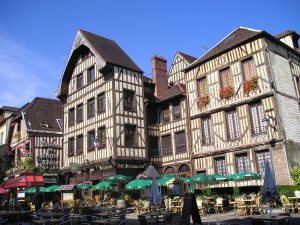
Picturesque Troyes
- Several rivers, the Seine, the Marne, and Aube rivers plus canals, offer river cruises.
- Lac du Der: This is the biggest reservoir in Europe and a haven for birdwatchers, including fans of annual crane migrations.
- The town of Langres in the southern part of the region is a little-known wonder, called the Carcassonne of the North, with ramparts from the 13th and 17th centuries.
- The town of Sedan has the largest fortress in Europe, from the 15th century
- For other areas in the northeast of France see posts Northern France: The Inland Tour and The Northern Tip: Beach Tour.
As you can see, this region offers a lot to see for a day or weekend trip (including champagne tours and historical tours of Reims city and cathedral) or a longer visit, where you can rent a car and visit some of the small villages too!
